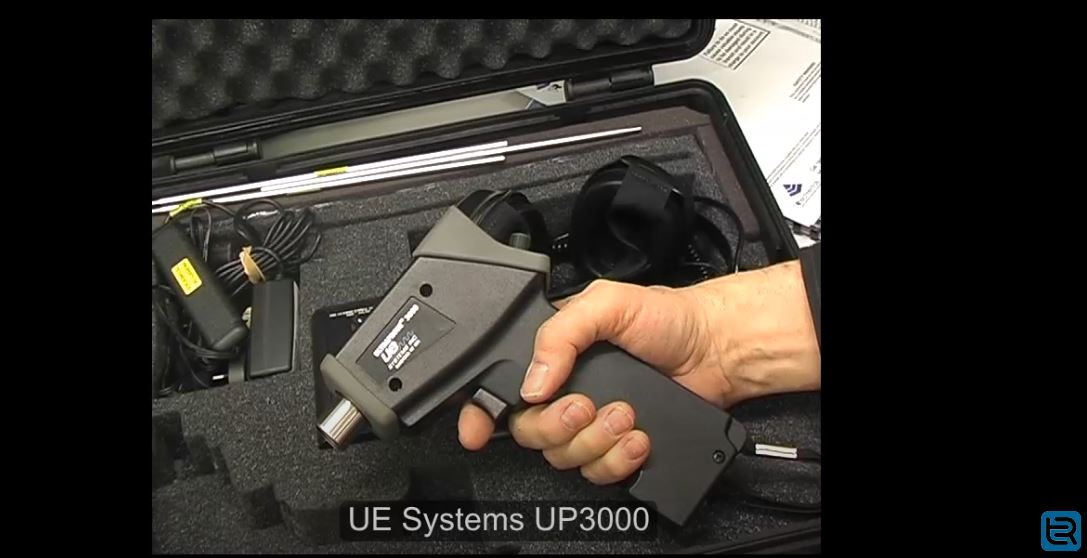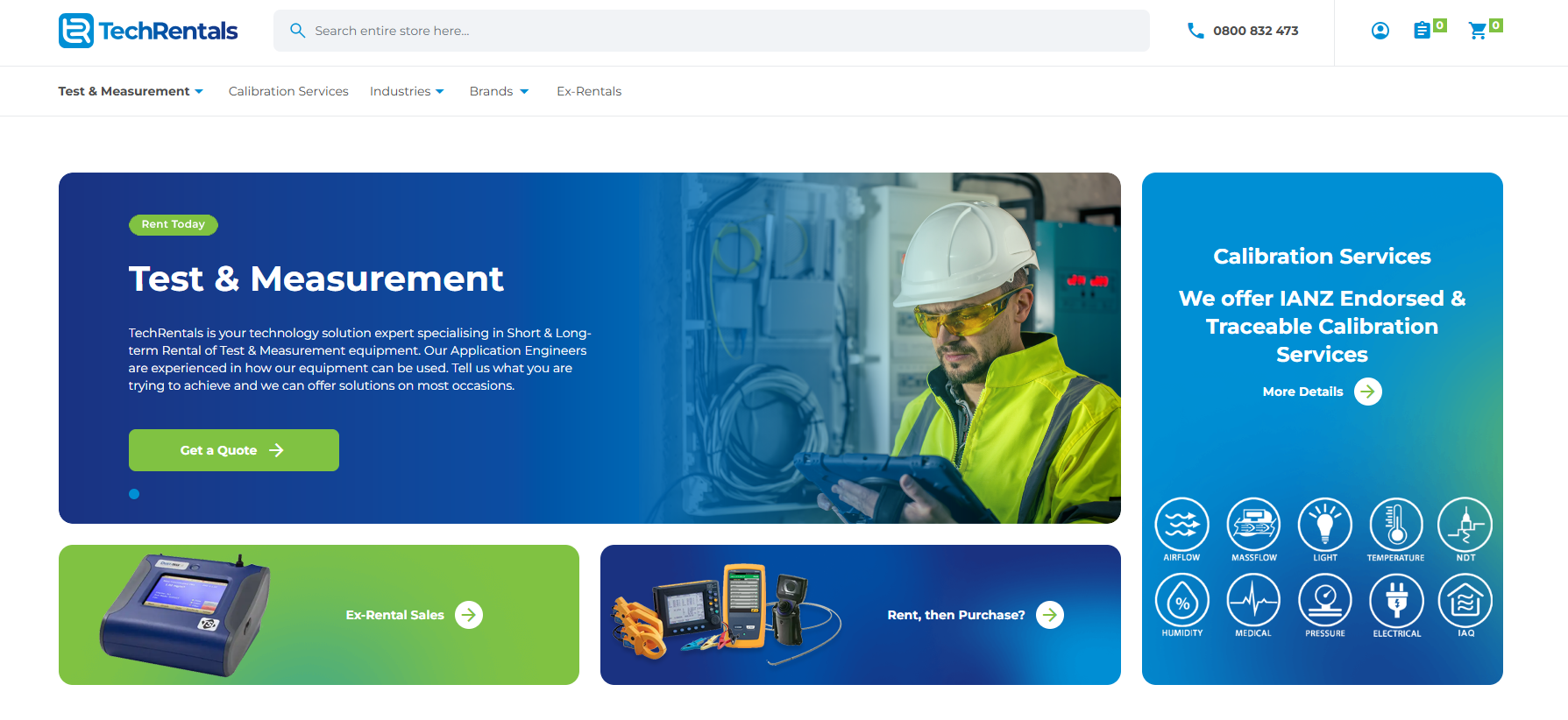Many industrial machines use gearboxes to alter and/or vary the standard speeds of electric motors. The lifeblood of any gearbox is the oil within it that lubricates the gears. If the oil level in a gearbox gets too low or loses its ability to lubricate, the gearbox will eventually fail, preceded by overheating. That’s where thermal imaging comes in.
Traditionally, preventive maintenance for gearboxes has consisted of regularly checking their oil levels and replenishing lost oil. Some maintenance departments add a predictive element to gearbox maintenance in the form of oil sampling and analysis. Oil analysis, usually performed by an outside laboratory, reveals if the oil in a gearbox has lost its ability to lubricate and will detect any metal particles in the oil, a telltale sign of gear wear that foreshadows a possible failure. These gearbox maintenance measures are time consuming and expensive and require shutting down the equipment. Also, gearboxes often are in inaccessible or unsafe locations that make oil-level checking and oil sampling difficult. For that reason, many predictive maintenance (PdM) programs also use thermography to detect when a gearbox is running hotter than similar gearboxes performing similar work in simi- lar environments.
What to check?
Use your thermal imager to scan the surface temperature of the gearboxes on every piece of critical equipment in your plant as determined by key operations, maintenance and safety personnel. That is, scan the gearboxes on all assets whose failure would threaten people, property or product. Know the load on each piece of equipment, and check each gearbox when it is run- ning at a 40 % or more of its usual mechanical load. That way, measurements can be properly evaluated compared to normal operating conditions. If possible, for comparison, capture images of gearboxes in the same area performing the same or similar functions.
What to look for?
Because thermography is a non-contact, non-destructive technology, even inaccessible gearboxes in dangerous locations can be scanned while running. Capture thermal images as well as digital images of all critical gearboxes that are running hot- ter than normal. Look, too, for leaking seals. Thermal images can reveal hot oil running down gearbox cases. Be aware that while all excessive heat generated in mechanical drive components is the result of friction, it may have sources other than inadequate lubrication. For example, its source might be friction caused by faulty bearings, misalignment, imbalance, misuse, or just normal wear. Thermography is a good first step toward a complete analysis of a critical mechanical drive’s condition. Using a thermal imager, you can also monitor the temperature of critical gearboxes over time and establish trends that will dictate when maintenance is required to prevent failure. A good approach is to create regular inspection routes that include the gearboxes on all key production assets. Save a thermal image of each one on the computer and track your measurements over time, using the software that comes with the thermal imager. That way, you’ll have baseline images with which to compare later images. They will help you determine whether overheating is unusual or not and if corrective action is successful. Fluke thermal imagers now include IR-Fusion®*, a technology that fuses a visual, or visible light, image with an infrared image for better identification, analysis and image management. The dual images are accurately aligned at any distance height- ening details so problems are easier to spot. *The Fluke Ti20 comes with InSideIR™ analysis and reporting software with free updates for the life of the product.
What represents a "red alert?"
Equipment conditions that pose a safety risk should get the highest priority for repairs. However, the imminent failure of any piece of critical equipment constitutes a red alert. The same key operations, maintenance and safety personnel who determine which production assets are critical should play important roles in quantifying “warning” and “alarm” levels for those assets. (Note: alarm levels for specific equipment can be set on Fluke handheld thermal imagers.)
What's the potential cost of failure?
For a failed gearbox on a specific mechanical drive at your plant, you can do an analysis of the cost of the repair, lost production opportunity and lost labor costs.At one automotive facility, for example, the estimated cost of the failure of one of the transfers that move vehicles through assembly stops the entire line. And even though most of these units are equipped with a backup drive, it once took maintenance personnel from 45 minutes to one hour to manually switch to the backup. At losses of US $3,500 per minute, a failed gear- box cost more than US $200,000 in lost production in addition to repair or replacement costs
Follow up actions
When you find an overheating gearbox, its thermal image may offer hints as to the cause of its abnormal operating temperature. For example, if an oil pump has failed, its inlet and outlet temperatures will be the same. But whatever the suspected cause of overheating, you can arrange to follow up by checking the oil level, oil quality and metal-particle content of the oil or perform acoustical testing or vibration analysis. Whenever you discover a problem using a thermal imager, use the associated software to document your findings in a report, including a thermal image and a digital image of the equipment. That’s the best way to communicate problems you find and to suggest repairs.
An imaging tip:
Do you need to go into a dirty or wet environment with your Fluke handheld thermal imager? Cover it with a thin-film plastic bag, either clear or not. If you need to measure temperatures and not just compare relative temperature levels, you may want to first characterize the exact effect the bag has on readings by checking a reference with and without the bag in place.
Fluke. Keeping your world up and running.®
Fluke Corporation PO Box 9090, Everett, WA 98206 U.S.A. Fluke Europe B.V. PO Box 1186, 5602 BD Eindhoven, The Netherlands For more information call: In the U.S.A. (800) 443-5853 or Fax (425) 446-5116 In Europe/M-East/Africa +31 (0) 40 2675 200 or Fax +31 (0) 40 2675 222 In Canada (800)-36-FLUKE or Fax (905) 890-6866 From other countries +1 (425) 446-5500 or Fax +1 (425) 446-5116 Web access: http://www.fluke.com
©2005, 2007 Fluke Corporation. Specifications subject to change without notice. Printed in U.S.A. 12/2007 2531331 A-EN-N Rev B



